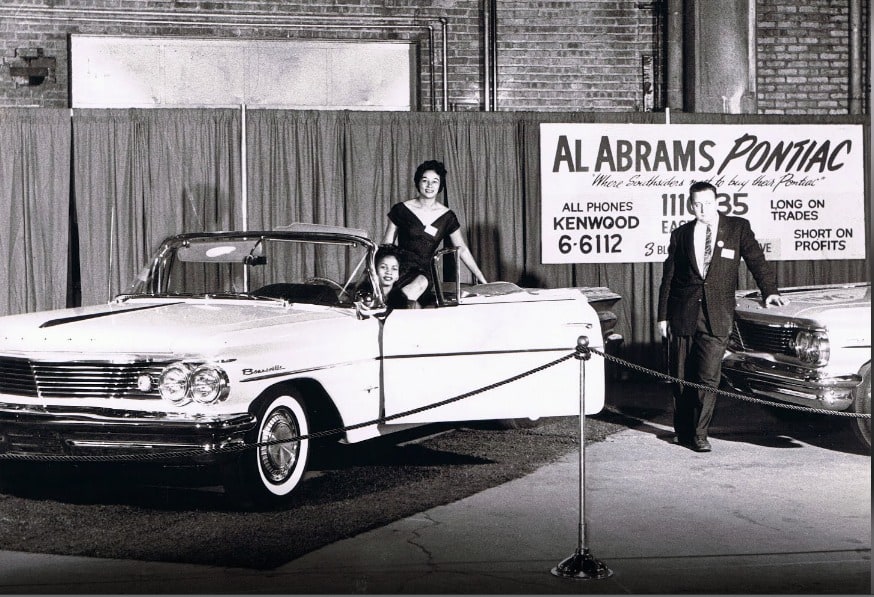After an almost year-long campaign and debates led by grassroots racial justice organizations (like the Northside Coalition of Jacksonville), the Duval County School Board in Jacksonville, Florida has voted to change the names of six schools currently named after figures prominent in the Confederacy during the U.S. Civil War.
Come August 3, Kirby-Smith Middle School will become Springfield Middle School, Joseph Finegan Elementary School will become Anchor Academy, Stonewall Jackson Elementary School will become Hidden Oaks Elementary, Jefferson Davis Middle School will become Charger Academy, J.E.B. Stuart Middle School will become Westside Middle School and Robert E. Lee High School will renamed Riverside High.
According to the Southern Poverty Law Center, there are 103 public schools named for Confederate leaders in the U.S. The SPLC also points out that the years Jim Crow laws emerged and the Civil Rights movement took place were the years with the greatest increase in the dedication of Confederate monuments and symbols.

“At this point in time it’s important to start thinking about who we want to be,” said Duval County public schools board chair Elizabeth Andersen. “As a board, we were listening to our community members and wanting to move forward so that every student that walks in our building understands that they are respected, that they are capable of achieving their highest potential, and that all of their lives matter.”








